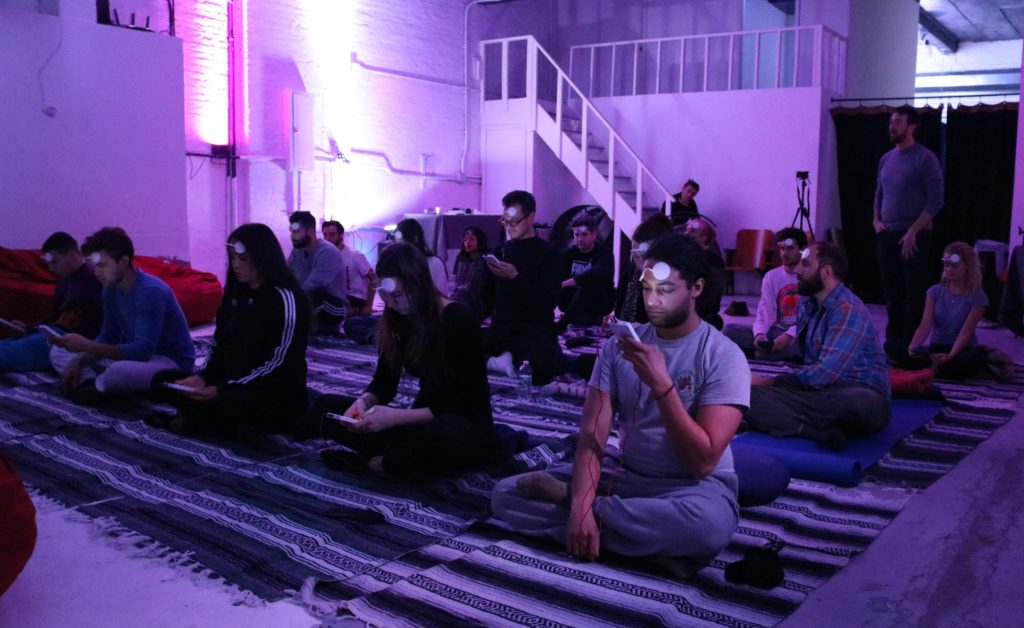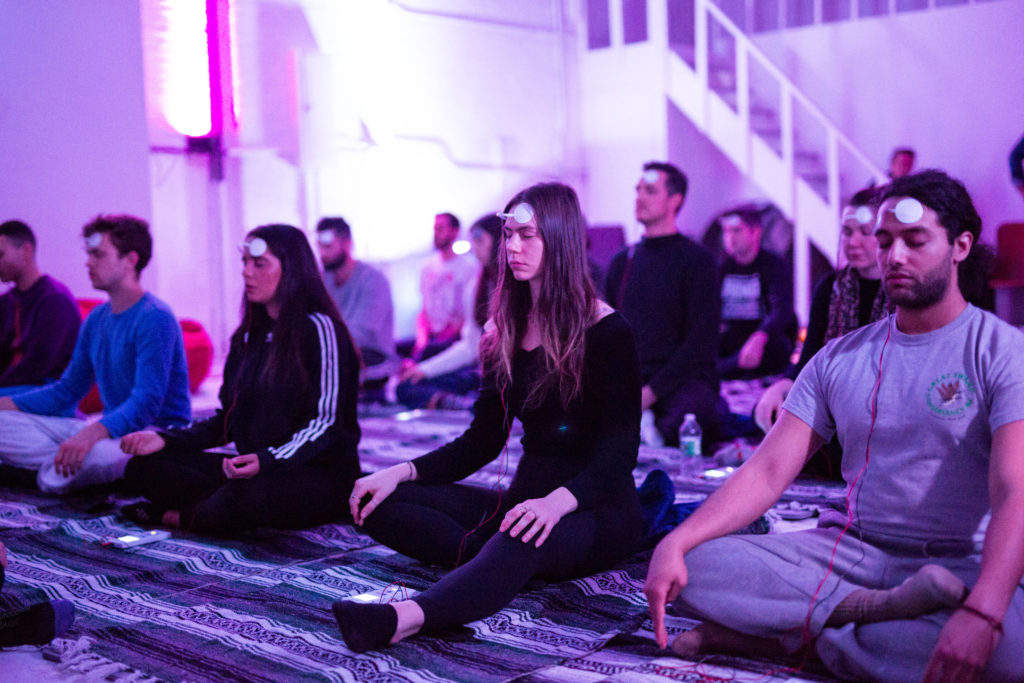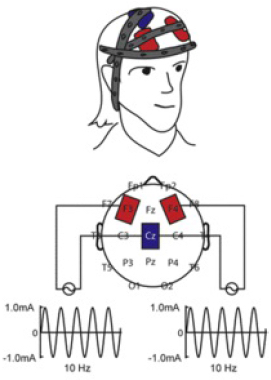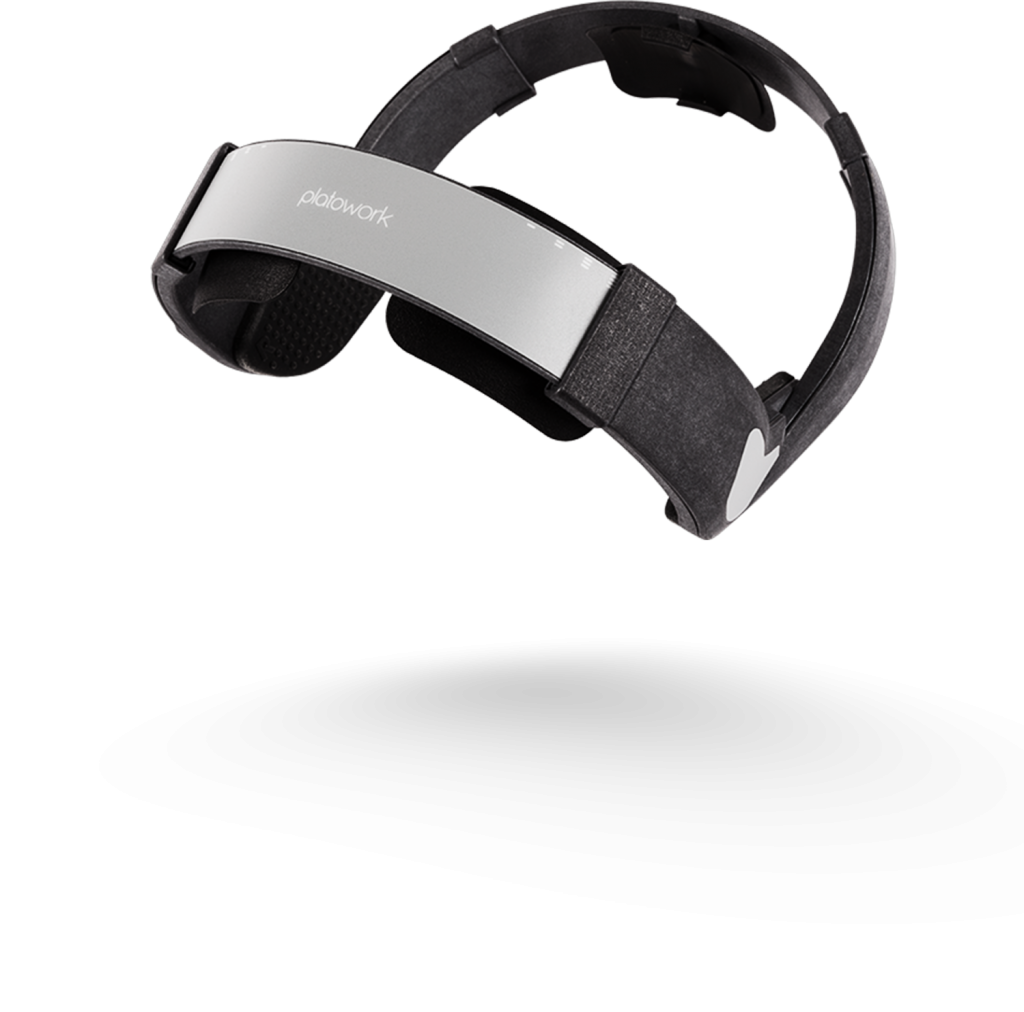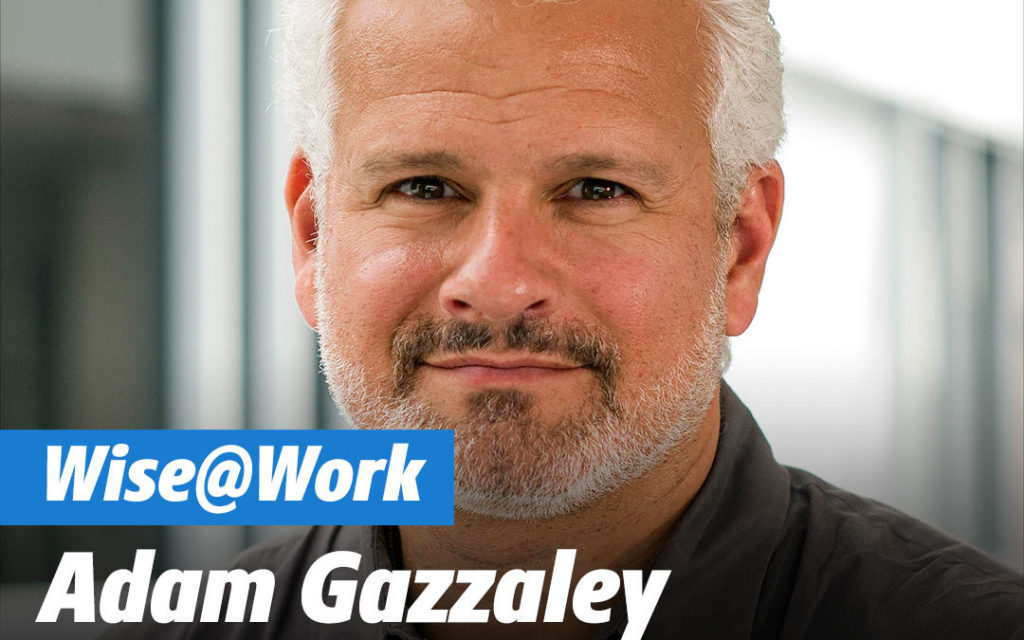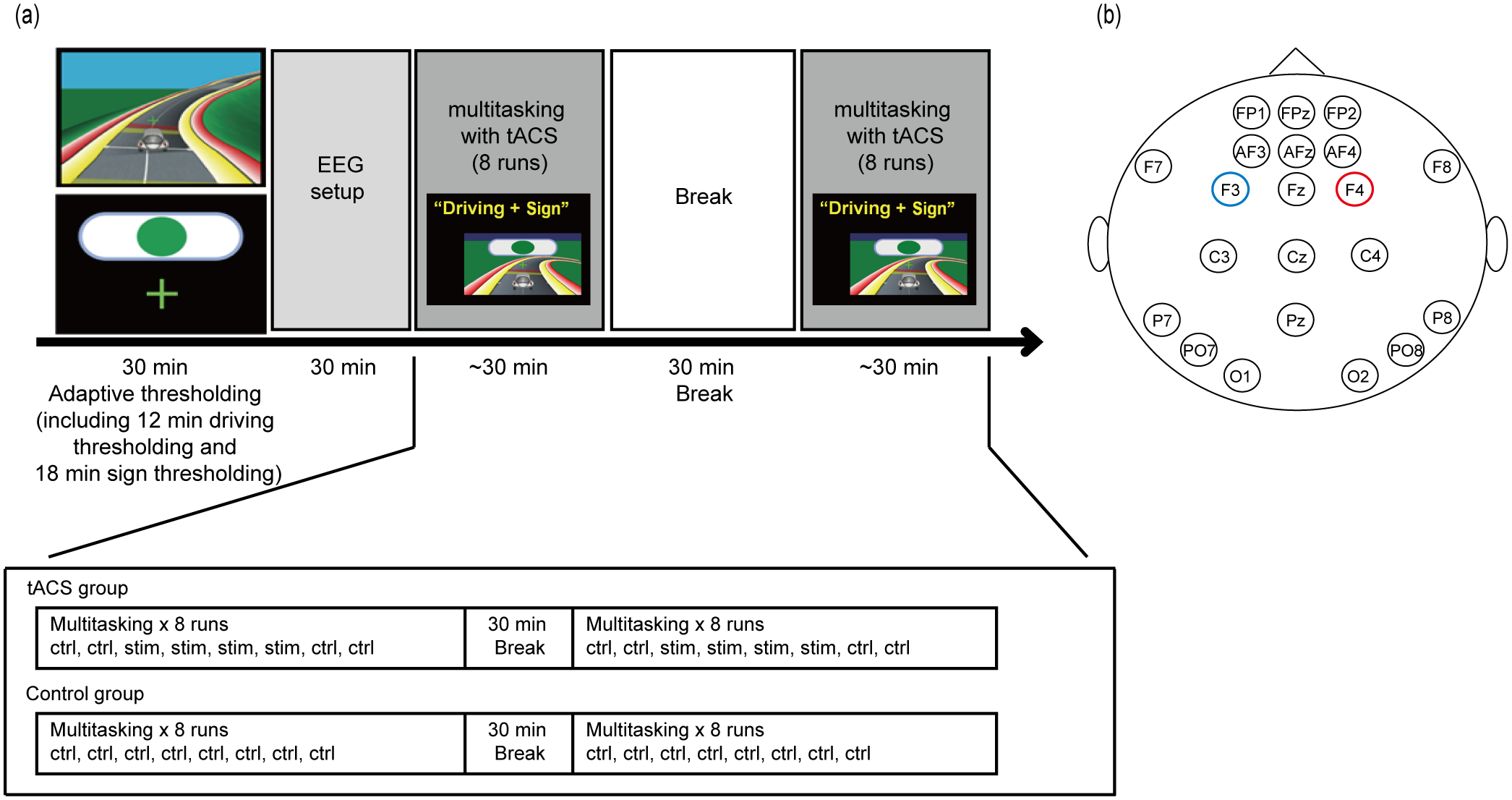Robin is the founder of Caputron which is a distributor of tDCS and other TES devices. Here he demonstrates the Activadose II tDCS device. For reasons mentioned elsewhere on the blog, this is the device I recommend (this is an FDA approved – for Iontophoresis – device. I’d suggest the 2mA model with the 3×3 sponge set – this is closest to what most research studies use). Caputron provides DIYtDCS readers a generous discount (I also earn a referral fee) when you use discount code ‘diytdcs’ at checkout (for any product offered by Caputron). I interviewed Robin back in 2015 when he was first getting started. Check out that post here.
Author Archives: John
Is e-meditation wave of the future? | MUSC News
This tweet, posted August 3, 2018, reminded me of Bashar W. Badran’s study (story below from 2017). Following along in the links I see that Badran has been testing a new ‘e-meditation’ device called Zendo. It’s currently not available to the general public, but you can see it in action in the photos below the tweet. You can sign up to be notified when the device becomes available here: https://e-meditation.com/about
E-meditation @ NYC Neuromodulation+NANS Conference
Read about E-mediation: https://t.co/7UKN3vc1Z2
Register for the meeting his week for best rates: https://t.co/JcMA83lY8Q
Rigorous program includes sessions science of "Neurotechnolgy for Mindfulness" https://t.co/FRTThY2fah https://t.co/KwBWD4h1WQ
— Marom Bikson (@MaromBikson) August 3, 2018
Supercharge your zen (pdf) The benefits of yoga and meditation are plentiful, but they take years of dedicated practice to achieve. Could a zap to the brain offer a shortcut?
I had previously posted this in a comment. Sourced from the original study.
Each 20min E- meditation visit consisted of one of three randomized stimulation conditions (sham, active 1mA, or 2mA; anode – EEG F8, cathode – left supraorbital) delivered via a Chatanooga IontoTM stimulator and 2in x 2in sponge electrodes. Stimulation was synchronized with a guided mindfulness recording (recorded by ELG) lasting 20min.
Which is what’s depicted in the photo below.
Original article posted 2/12/17
Full article: Is e-meditation wave of the future?
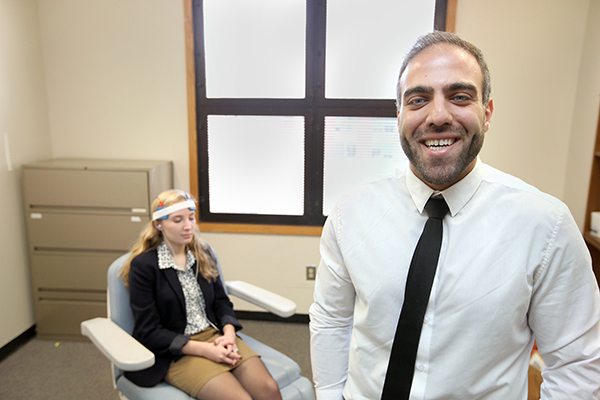
Neuroscience doctoral student Bashar W. Badran is exploring the Use of tDCS to enhance Mindfulness Meditation (E-Meditation)
MUSC Research Assistant Caroline Summer is in background, demonstrating the tDCS device.
Photo by Sarah Pack
Badran, who used two different mindfulness scales and mood rating scales on 15 participants in a double-blind study, found that feelings of calmness increased almost 2.5 times in the group receiving active tDCS-paired meditation compared to the placebo. Individuals receiving the sham stimulation had just a 5 percent increase in calmness rating.
Paper (Paywall): A Double-Blind Study Exploring the Use of Transcranial Direct Current Stimulation (tDCS) to Potentially Enhance Mindfulness Meditation (E-Meditation)
New Caputron Bundles Including Focus V3
Update 8/2/18 Looks like the ActivaDose device special has ended but the Muse is still on sale. (If you’d like to receive an email when I notice special tDCS-related deals, please sign up for updates – in the sidebar.)
Update 7/25/18. I bumped this post to the top to alert readers to some very interesting deals Caputron is currently running. I will remove this when the specials end but at the moment you can purchase the ActivaDose Starter kit for $349, down from $399! Get an additional discount when you use discount code diytdcs at checkout! (At this time anyway, previously it’s been removed on specials.) They also have the Muse EEG headband on sale at $199, that’s $50 off. Not sure how long these specials will last. If you’ve been looking to acquire either of these devices here’s an opportunity to do so at a great price.
Robin at Caputron recently informed me of some new products they’re carrying including the Focus v3. The Focus v3 duplicates the functionality of the v2 (tRNS, tPCS, tACS and tDCS), but adds additional features such as what Focus calls ‘tRCS’, Transcranial Rippled Current Stimulation… as I understand it, a form of transcranial alternating current stimulation that targets multiple frequencies over time. tRCS is something new, invented by Focus, and therefore we have no scientific research to support its use at this time, but it looks very interesting. Considering the variety of stimulation modes the v3 supports, this is the obvious choice for anyone wanting to replicate research in the tACS and tRNS literature. Read more about the Focus v3 here: Instructions Guide.
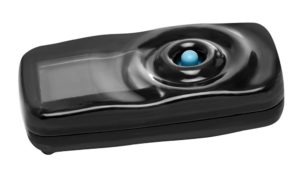
Caputron is currently shipping the v3 with a variety of electrode options but the base unit is priced at $399. Use coupon code diytdcs at checkout for a generous discount on any product purchased from Caputron.
If you’re looking for a more ‘traditional’ type tDCS device, I recommend Caputron’s ActivaDose II tDCS Starter Kit. This is an FDA approved device (NOT for tDCS, but for iontophoresis, point being the electronics and manufacturing are at an FDA approved level). Note that the ActivaDose from Caputron comes as either an 80 Volt/4 mA Max unit, or a 29 Volt/2 mA Max. The cautious user would choose the 29 Volt model, as 2 mA is the maximum current used in most scientific studies. If you want a simple device your Mom could use, this is the way to go. Again, Use coupon code diytdcs at checkout for a generous discount.
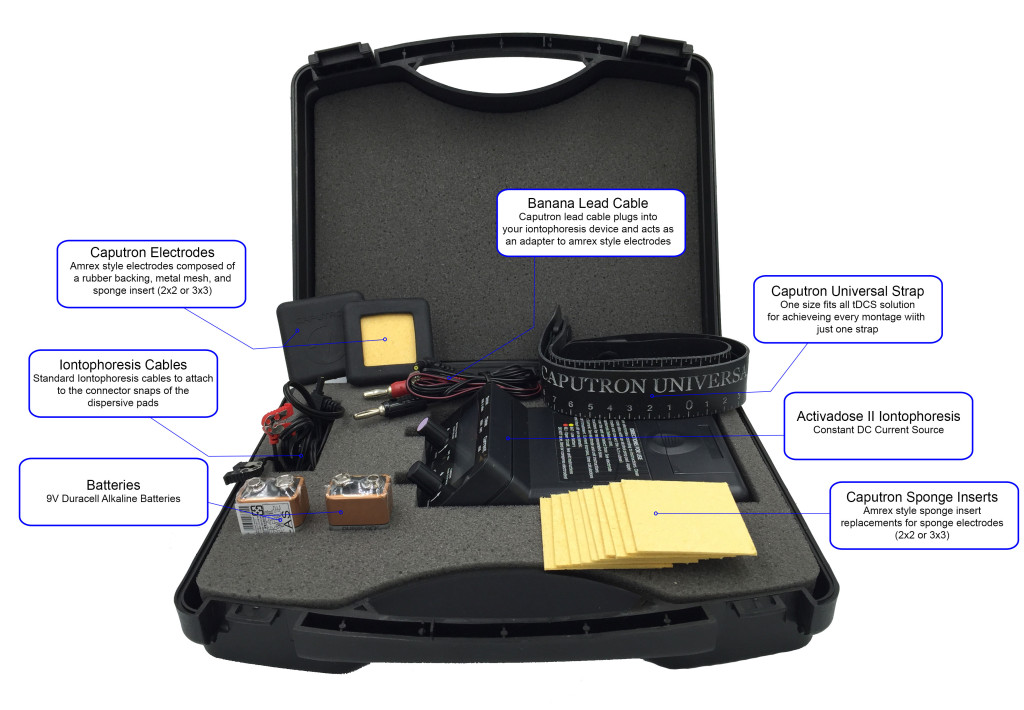
Caputon is now carrying the Muse EEG device. They also carry more sophisticated research devices like those by Soterix. You can even purchase a TMS device through them. They have expert support and a great reputation.
Stimulating the Creative Brain – Morten Friis-Olivarius | PlatoScience
Stimulating the Creative Brain | Morten Friis-Olivarius | TEDxOslo
PlatoScience.com
PlatoWork neurostimulation device manual.
Shown here (from the video) working on the PlatoWork prototype. Note montage which according to the talk, would be focused on increasing creativity. In the video he calls the stimulation TES (Transcranial Electric Stimulation).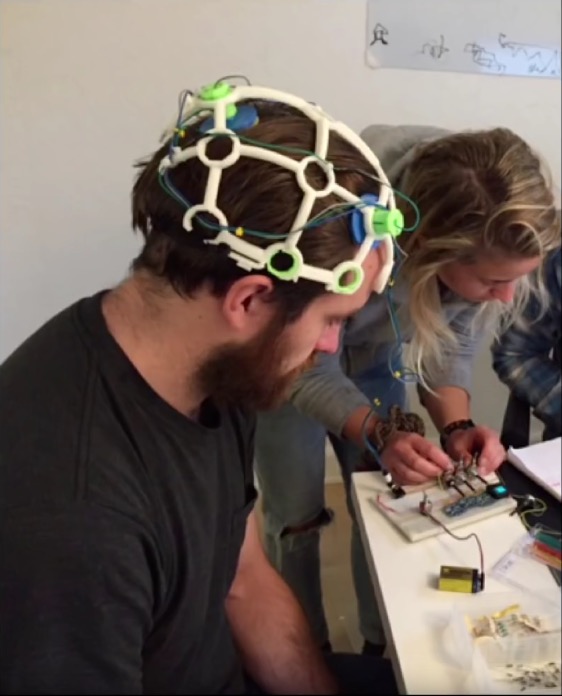
“Creative people somehow forget to turn off the spontaneous system while thye’re working on a task”.
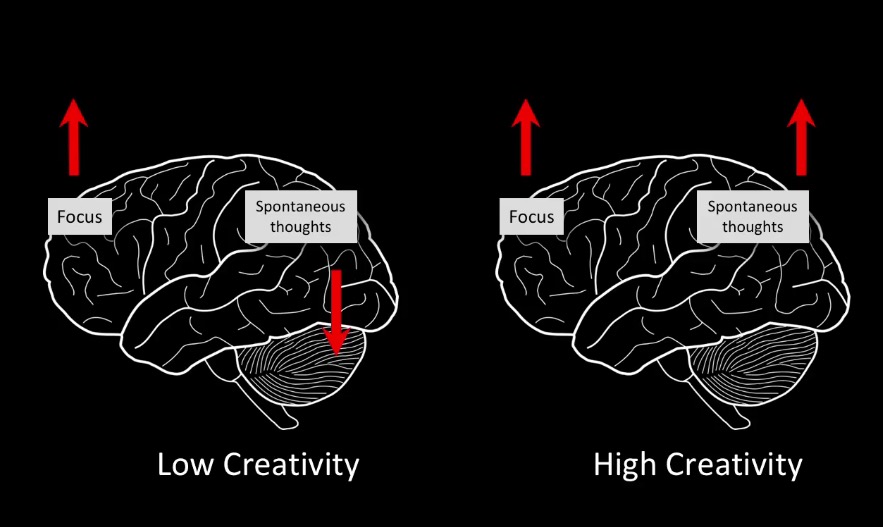
A later prototype.
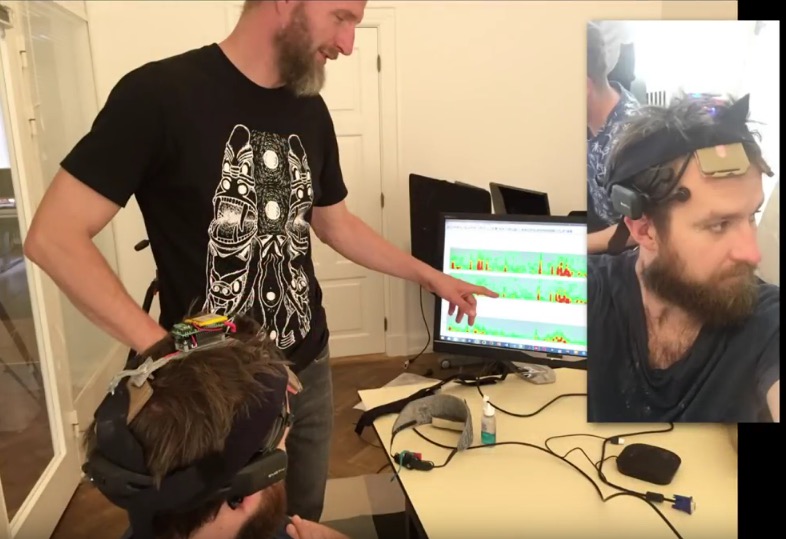
From the manual.

Aha, so there are 3 electrodes. And the placement resembles another study I’m aware of that used tACS to enhance creativity. (Functional role of frontal alpha oscillations in creativity). In that study…
Stimulation electrodes were positioned bilaterally over the frontal cortex (centered on EEG electrode locations F3 and F4) with a common electrodeover the apex (Cz).
But the PlatoScience FAQ clearly states they’re using tDCS.
At PlatoScience we use a version of neurostimulation called tDCS (Transcranial Direct Current Stimulation).
So here we have the first (to my knowledge) commercially available (€399) TES device designed specifically to enhance creativity. Interestingly, PlatoScience has a forum and test site (according to the video) where users can discuss their experience. The device is operated via smart phone.
Adam Gazzaley | Wisdom Labs Podcast
Adam Gazzaley and Parneet Pal, Chief Science Officer of Wisdom Labs, discuss the challenges of the modern world for our ancient brains, how to become aware of, and overcome, the interference of distraction and multitasking, and the new era of digital medicine. Conversation includes: The critical elements of what it means to be human, ethical design of technology, the cascading effect of cognitive challenges, and harnessing neuroplasticity through experience to develop stronger brains…
The Distracted Mind: Ancient Brains in a High-Tech World by Adam Gazzaley (Amazon link)
Akili, the business end of Gazzaley’s research aims to build ‘experiential treatments’, delivered through video games, “…as medicine–as prescribable, reimbursable medicine, right up there with pharmaceuticals”. The patent is not for a video game, the patent is for a game engine… Akili now has a dozen studies going on across multiple clinical conditions. From Post Traumatic Stress Disorder to Traumatic Brain Injury to anxiety to Autism, depression, early Alzheimer’s Disease, Parkinson’s Disease, Multiple Sclerosis… The study which has garnered the most attention was the completion of our Phase 3 trial for Pediatric ADHD… What was shown was that we were able to significantly, with a reasonable effect size, improve attention ability in children with ADHD. Now advancing an application to the FDA for their class 2 medical device for the treatment of inattention in children with ADHD.
If we’re successful, it will be the first non-drug treatment for ADHD. The first prescribable video game, and the first of a new category of medicine that we think of as digital medicine, to treat a host of different conditions of the mind.
Marom Bikson plenary talk on tDCS at Society of Biological Psychiatry 2018 meeting
Current state of tDCS at an introductory level.
Slides(pdf)
Marom Bikson plenary talk on tDCS at Society of Biological Psychiatry 2018 meeting (May 12, 2018)
Understanding Noninvasive Brain Stimulation with Dr Marom Bikson | NeuroGal
Intro to, basics of tDCS.
Understanding Noninvasive Brain Stimulation with Dr Marom Bikson NeuroGal
Your Brain, But Better: Neurostimulation – Dr. Daniel Chao #488 | Bulletproof Radio
Dave Asprey and Dr. Daniel Chao, Co-Founder and CEO of Halo Neuroscience go deep into the past, present and future of neurostimulation.
Your Brain, But Better: Neurostimulation – Dr. Daniel Chao #488
Three-minute magnetic brain stimulation treatments can reduce depression symptoms | CTV
A three-minute treatment involving magnetic stimulation of the brain works just as well as the standard form of such therapy for people with hard-to-treat depression, a new study has found.
The Research Institute of the McGill University Health Centre, Montreal, Testing TMS For Alzheimer’s
It ‘makes sense’ that stimulating neurons in areas of the brain affected by Alzheimer’s would be of benefit, but as the researchers state, we won’t know for sure until the science is complete. In the meantime, if you know anyone in Montreal with Alzheimer’s issues, the study is recruiting.
The study is still accepting new patients.To find out more, contact researchers at the Research Institute of the MUHC at 514-934-1934 ext 34439 or Rishanthi.sivakumaran [@] rimuhc.ca
tDCS Anomia Treatment Setup
Little information accompanies this video, but it appears to me that Karly Chapman is an Aphasia clinician demonstrating tDCS setup for fellow clinicians. She sets up for an Anomia treatment. It strikes me that a motivated family member wouldn’t have much trouble replicating this at home. Also that an online version would be a useful tool for clinicians and patients alike.
AFTD Webinar: Stimulating the Brain to Preserve the Mind | Dr. Roy Hamilton
Roy Hamilton director of the Laboratory for Cognition and Neural Stimulation, Perelman School of Medicine, University of Pennsylvania.
Published on Dec 6, 2017
Dr. Roy Hamilton of the University of Pennsylvania describes two types of noninvasive brain-stimulation technologies — transcranial magnetic stimulation (TMS) and transcranial direct current stimulation (tDCS) — and addresses their potential role in the assessment and treatment of FTD disorders. This webinar, presented on November 30, 2017, is the fifth in the AFTD Educational Webinar series.
Ethical Issues in Research with Invasive and Non-Invasive Neural Devices in Humans | NIH
Thursday, October 26, 2017. Deep dive (7 hours!) long form, state of the art discussion of neurostimulation by leading experts. More about the Neuroethics Division of the BRAIN Multi-Council Working Group
Sarah Lisanby, director of the division of the National Institute of Mental Health (NIMH) opens the workshop (very interesting, great slides) after introductions at 0:14, Anna Wexler speaks at 2:25.
Permalink to video https://videocast.nih.gov/launch.asp?23553
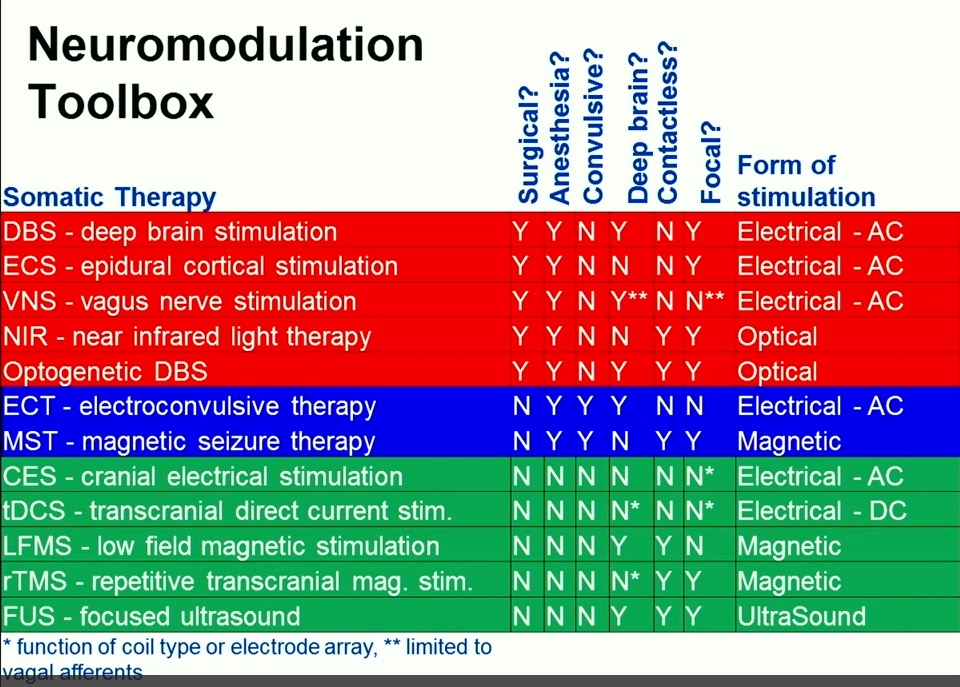
Roster
- Co-chair Christine Grady, MSN, PhD, Chief, NIH Department of Bioethics
- Co-chair Hank Greely, JD, Stanford Law School (MCWG member)
- Winston Chiong, MD, PhD, University of California, San Francisco
- James Eberwine, PhD, University of Pennsylvania (MCWG member)
- Nita Farahany, JD, PhD, Duke School of Law
- L. Syd M Johnson, PhD, Michigan Technological University
- Bradley Hyman, MD, PhD, Massachusetts General Hospital (MCWG member)
- Steve Hyman, MD, Broad Institute
- Karen Rommelfanger, PhD, Emory University
- Elba Serrano, PhD, New Mexico State University (MCWG member)
- Khara Ramos, PhD, NINDS – Neuroethics Division Executive Secretary and NIH liaison
Adam Gazzaley – Consciousness & Neuroscience | After-On – Rob Reid
We’ve met Adam Gazzaley elsewhere on the blog, but probably because he and Rob Reid have a friendship spanning years, this is a very friendly and thorough discussion of all Adam is up to. Reid has a new book (fiction, sci-fi) called After On, and Gazzaley was called on to provide insights into a few of the book’s key concepts related to consciousness and neuroscience.
There has been a lot of talk in the literature lately about tACS as it applies to cognitive enhancement and this is explored in the conversation. If I got this right… there is a distinct pattern of ‘Midline Frontal Theta’ frequency, at around 6Hz (as measured by EEG) associated with ‘focus’ (as measured by fMRI) in the Pre Frontal Cortex. This begs the question as to whether focus could be generated by using tACS to ‘entrain’ the PFC (as in… induce 6Hz Theta in the PFC using tACS). Again I will remind the reader that I am not a scientist!
Gazzaley also brings us up to speed on the clinical trial for FDA clearance of EVO, his video game/therapeutic that Akili has developed for kids with ADHD.
The episode is embedded here, but swing over to https://after-on.com/episodes/002 to read the show notes and to learn more about Rob Reid. He has a number of fascinating interviews with other guests in his podcast and brings a lot to the table himself considering a long career both as a technologist, investor and author.
Video Games for Neuro-Cognitive Optimization
Neuroscape Lab at UCSF Publications
Enhancement of multitasking performance and neural oscillations by tACS
Nature cover story: Video gaming enhances cognitive skills that decline with age. Game Changer (pdf)
Halo Sport Test for Guitar – the Conclusion | TomboLP Youtube
In the spirit of fairness, I’m posting this musician’s experience of using the Halo Sport for guitar training. Unlike Mario and his piano experience, this fellow, TomboLP, ultimately found no added benefit, though in earlier videos (this is the part 5 of 5) he was excited by what he assumed were positive results.
This is the last video in my test of the Halo Sport. As I didn’t reach the goals I set for myself in the time allotted and feel that there were no gains that couldn’t be otherwise explained by practice, I have now returned the headset. Even though the product didn’t work out for me, I will say that the return process was very straightforward and hassle-free.

